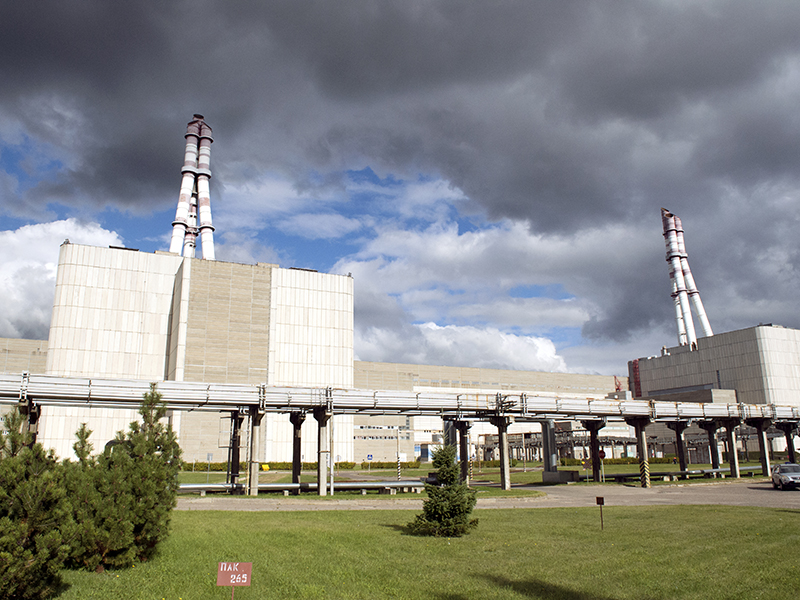Decommissioning Lithuania’s Soviet-era nuclear power plant
During EU accession negotiations, Lithuania decided to close the two units of its Soviet-era nuclear power plant, Ignalina. However, the country was ill-equipped for the complex decommissioning process ahead.
The EBRD-managed Ignalina International Decommissioning Support Fund (IIDSF), funded mainly by the EU and other European donors, has assisted in this complex task since 2001. In addition to energy sector and preparatory projects required for the decommissioning process, the Fund finances key infrastructure for safely dealing with radioactive waste and spent nuclear fuel at the site.
An important prerequisite for the decommissioning of Ignalina’s two units is the ability to safely retrieve operational waste currently kept in inadequate storage. A €200 million state-of-the-art facility, funded by the IIDSF, provides for the retrieval, sorting, packaging and safe storage of 120,000 m3 of historic radioactive waste. Known simply as B2/3/4, the facility will also accommodate radioactive waste generated during the decommissioning process.
Intensive testing of B2/3/4 started in 2016 and the facility is expected to become fully operational by mid-2017. With B2/3/4 and a spent fuel storage facility in operation since 2016, the IIDSF has made a key contribution to efforts by the Lithuanian authorities to safely dismantle Ignalina.


